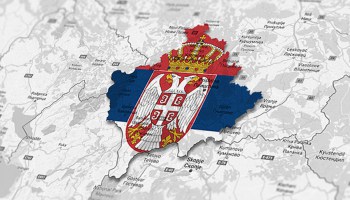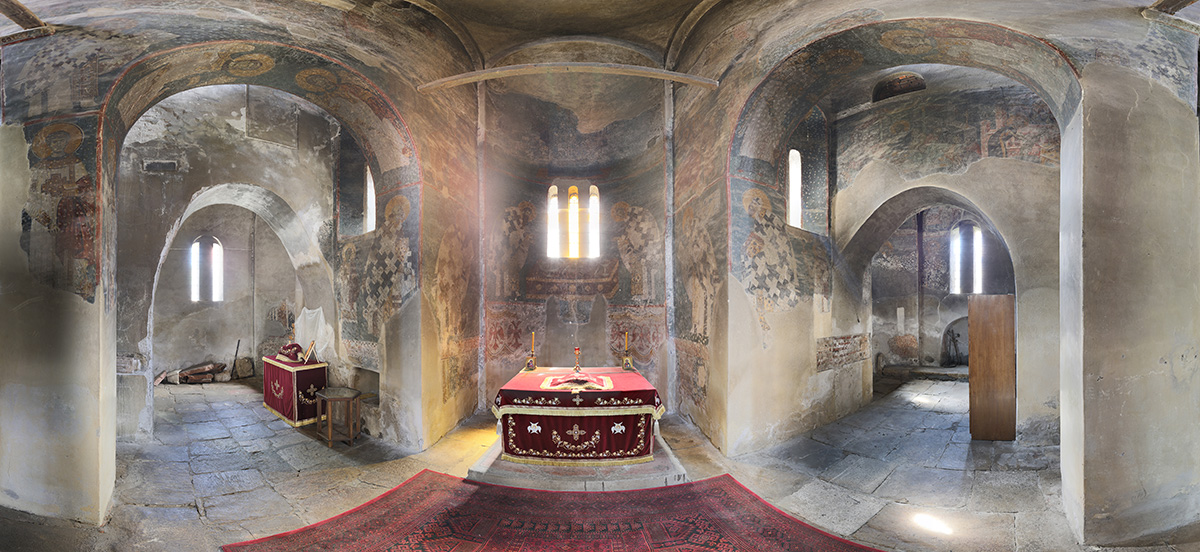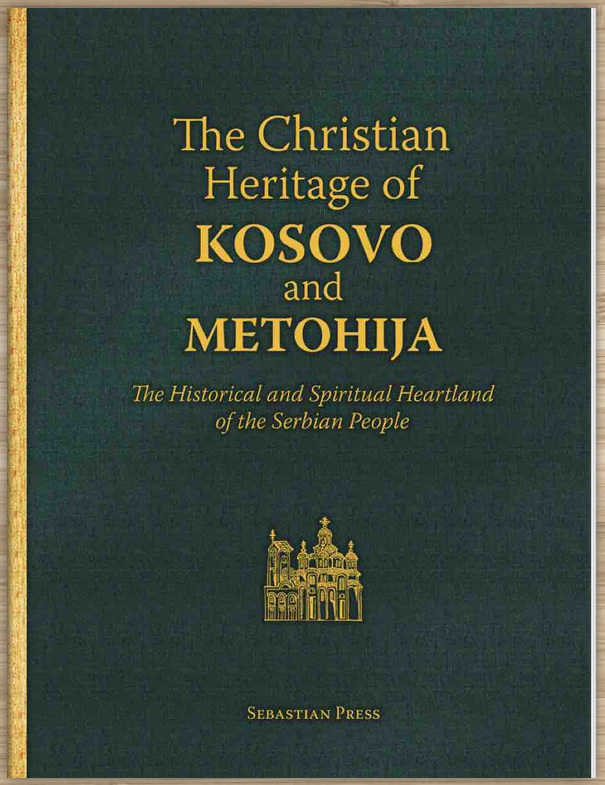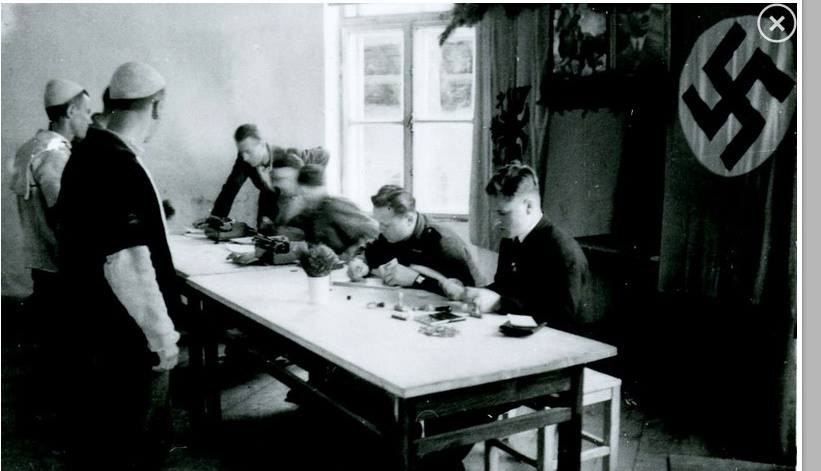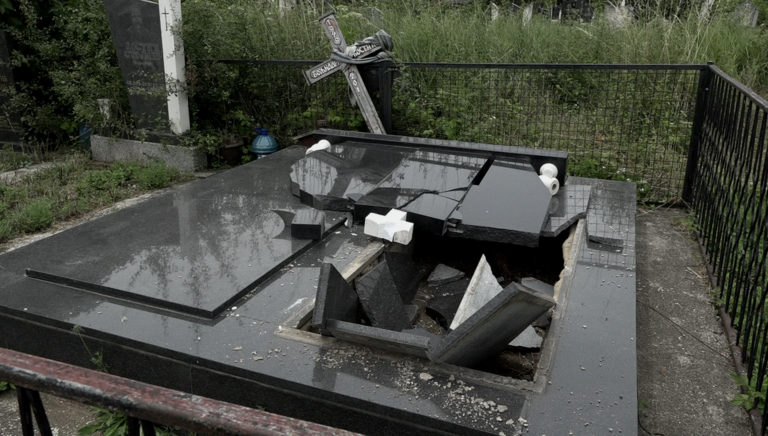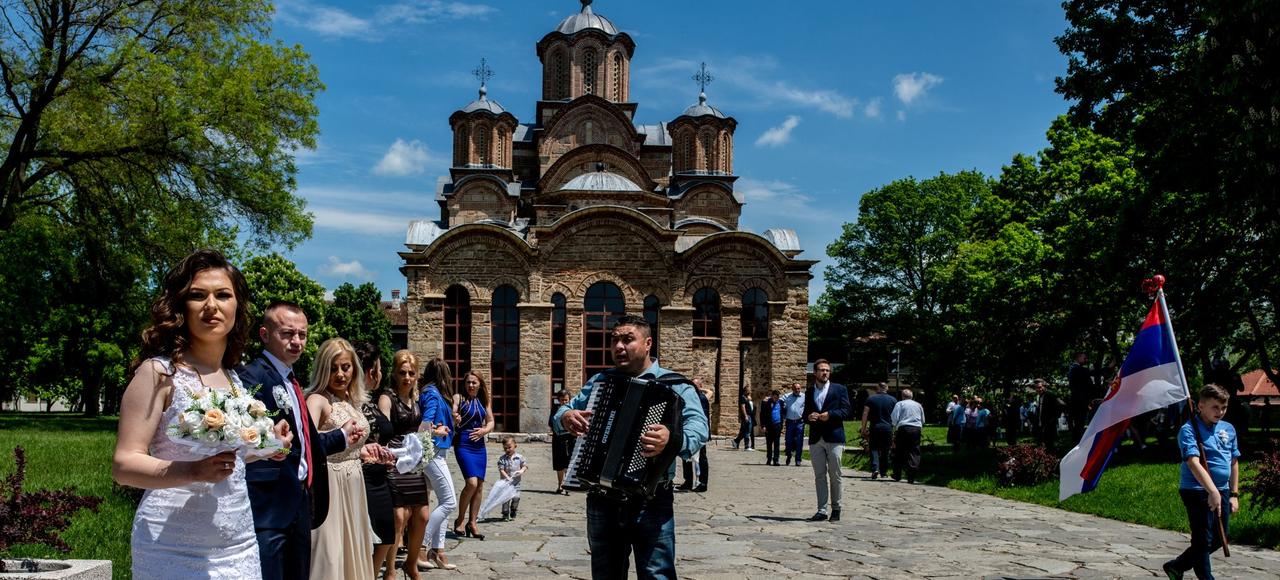Basic Western misconceptions on the Kosovo issue and their corrections
25. Kosovo’s prospects improved with the dismissal of the hardline Minister of the Interior of Yugoslav federal government in 1966, Aleksandar M. Rankovic, and its distinctiveness was recognized in the new constitution in 1974, which gave Kosovo an autonomous status
Wrong. By dismissal of Aleksandar M. Rankovic in 1966 (“Briuni plenum” of the communist party of Yugoslavia held in Croatia), it was deliberately opened the doors for the decomposition of Yugoslavia including and Kosovo separation from Serbia. The consequences of such anti-Serbian policy by the central government of Yugoslavia (occupied primarily by the Croats and Slovenes) was a new destructive constitution of Yugoslavia in 1974 according to which, KosMet de facto became a separate territory from Serbia. Autonomous status for KosMet was not given in 1974 but rather in 1945 – in 1974 the Albanian-run KosMet administration received tremendously higher level of autonomy that was, in fact, a republican status within Yugoslavia having its own parliament, government, police security forces, Academy of Sciences and Arts, press, University of Prishtina (with the Albanian language study programmes), constitution, and the presidency. Such a level of autonomy did not enjoy, for instance, any of autonomous regions in the USSR. Furthermore, under A. K. Rankovic’s authority, the Yugoslav security forces (OZNA) exterminated at least 70.000 civilians in Serbia immediately after the WWII that was 3,5 times higher grade in comparison to the number of killed Kosovo’s Serbs by Albanians during the WWII.


